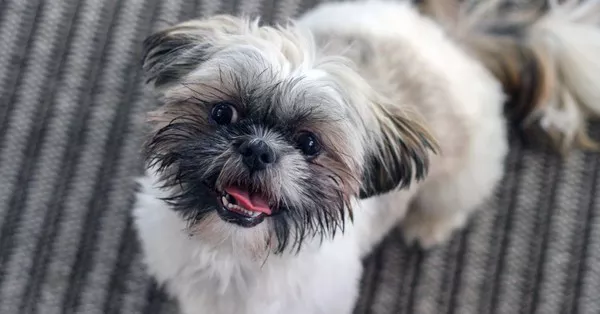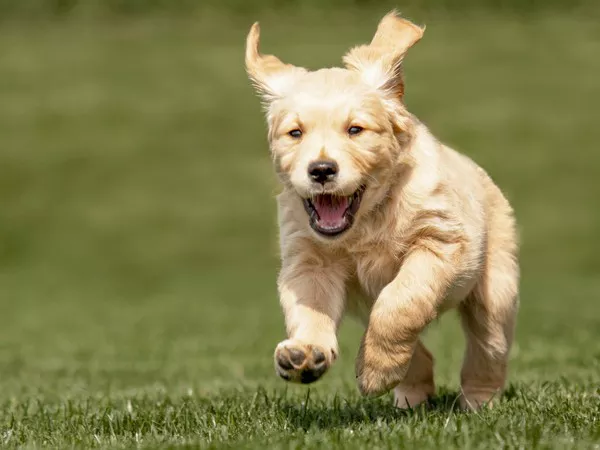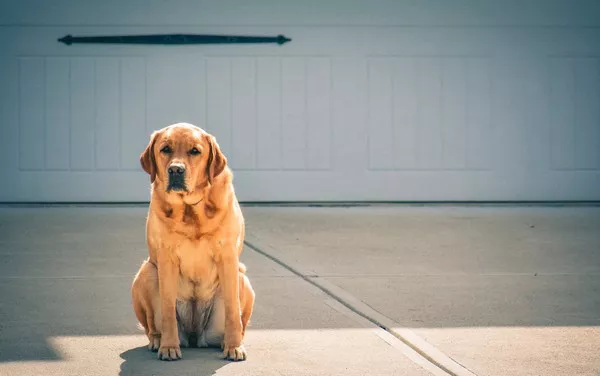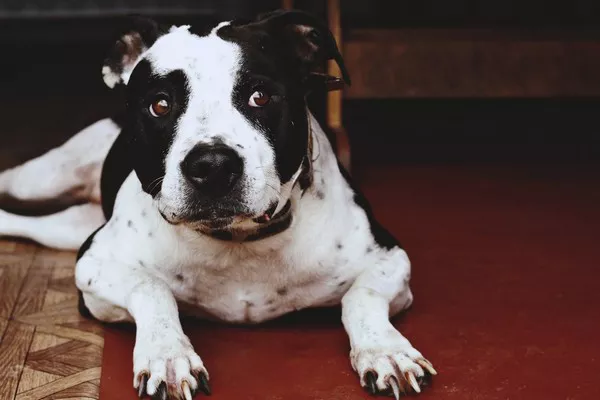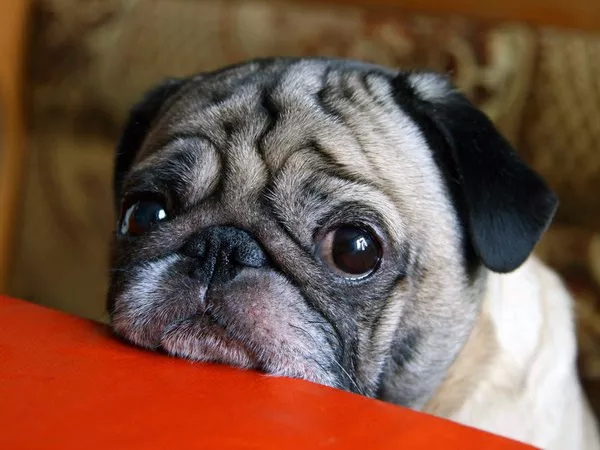Brushing your Pomeranian‘s hair is an essential part of keeping your furry friend looking and feeling their best. Pomeranians have a thick double coat that requires regular brushing to prevent matting and tangling, maintain healthy skin, and reduce shedding. In this article, we will guide you on how to brush a Pomeranian’s hair effectively.
Here are the steps to follow:
Gather the necessary supplies: To brush your Pomeranian’s hair, you will need a slicker brush, a metal comb, a pair of scissors (optional), and some treats.
Start with the slicker brush: Begin by gently brushing your Pomeranian’s hair with a slicker brush. A slicker brush has fine, short wires close together, which is perfect for removing loose hair, dirt, and tangles. Brush in the direction of hair growth, starting at the head and working your way down to the tail.
Use the comb: Once you have brushed through the coat with the slicker brush, use a metal comb to go over the hair to ensure there are no tangles or mats. If you come across any mats, gently work them out with your fingers, or use scissors to carefully cut them out.
Brush the undercoat: Pomeranians have a thick undercoat, which requires special attention. Use a slicker brush to carefully brush the undercoat, starting at the base of the hair and working your way up. Make sure to be gentle and avoid pulling or tugging on the hair.
Don’t forget the legs and tail: Pomeranians have long hair on their legs and tail, which can easily tangle and mat. Brush through these areas carefully with a slicker brush and comb.
Reward your Pomeranian: Throughout the grooming process, make sure to give your Pomeranian treats and praise to help them feel comfortable and relaxed.
Repeat regularly: Regular brushing is essential to maintain your Pomeranian’s coat. Plan to brush your Pomeranian at least once a week, or more frequently if their coat is particularly thick or if they are shedding more than usual.
In conclusion, brushing your Pomeranian’s hair is an important part of their grooming routine. By following these steps and taking care to be gentle and patient, you can help keep your furry friend’s coat looking and feeling its best.

